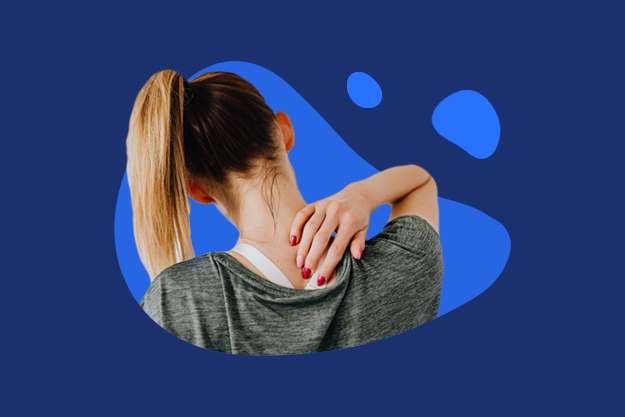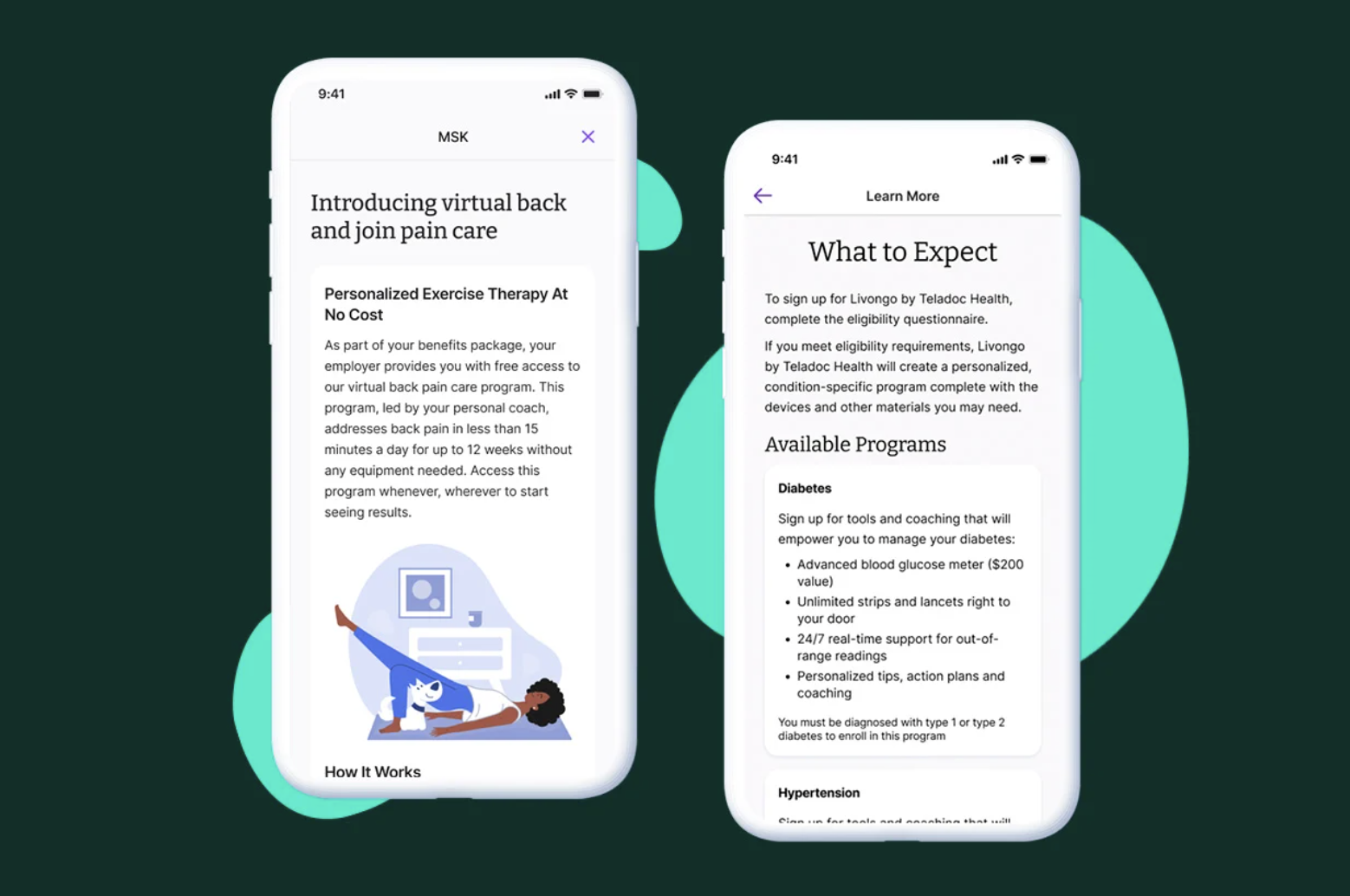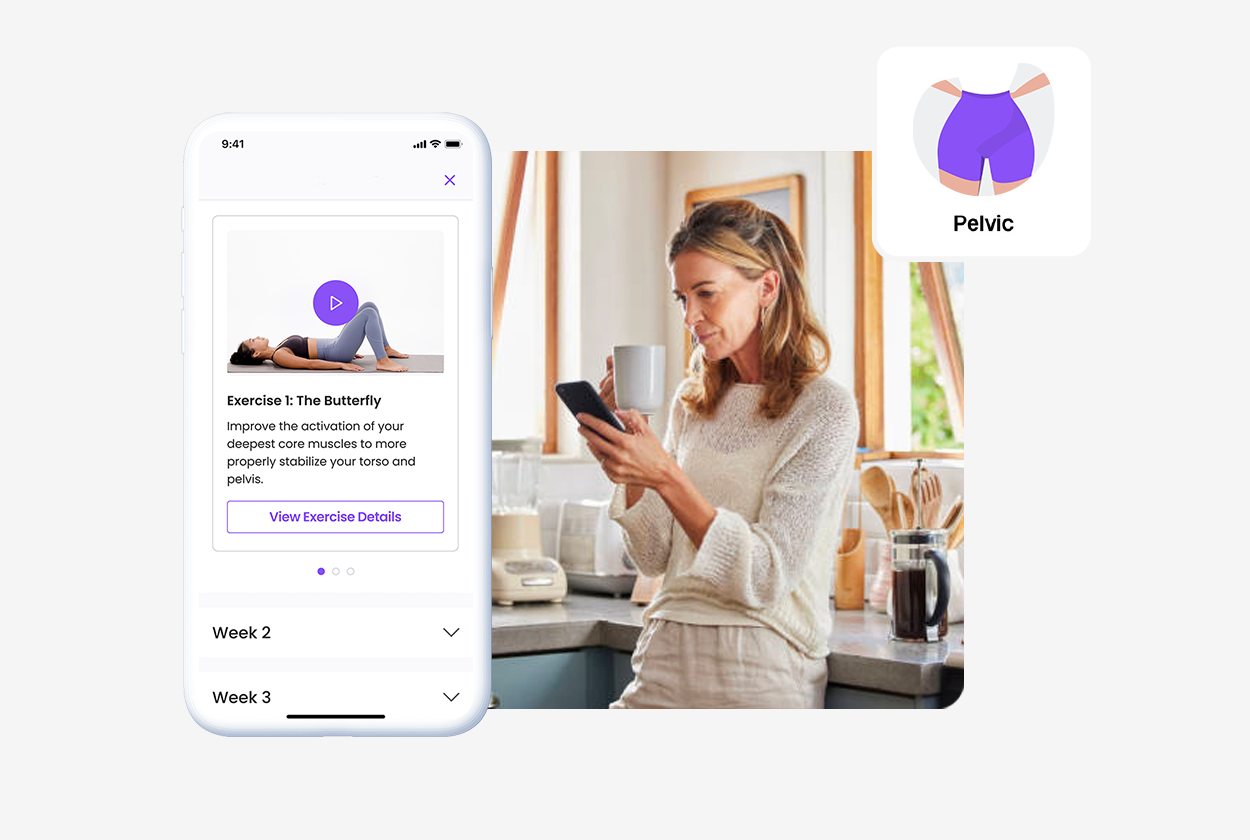Have you ever wished you didn't experience pain? It might hurt to hear this, but you're lucky you do. Pain is a wonderful protective mechanism for the body.
Put simply, here's how pain works:
- A signal goes up from the body to the brain.
- The brain decides whether to interpret it as painful.
So how exactly is pain helpful? It all goes back to our ancestry. The extra pain signals that create pesky problems today may have saved us from real threats thousands of years ago. In other words, our brains are inclined to sense pain because it can protect us.
Which is great, until the pain is no longer under control and your internal alarm system goes haywire. Unfortunately, this isn't a rare occurrence.
According to the CDC, over 20% of US adults live with chronic pain, which is pain that persists for three months or longer. And this pain doesn't just affect those feeling the pain — it affects your bottom line. Costs related to your employees' chronic pain can quickly drive up spend.
The more I worked on this program, the more I became determined to do better for the people who were suffering and their companies. So I spent the last 15 years developing and refining exercises that help connect the brain and body in a way that reduces pain.
What does this have to do with MSK care? Your brain is the ultimate pain generator, so it should be the real target during rehab. With HealthJoy's MSK program, you get the only product on the market that combines common stretches and exercises with a neurological approach that addresses pain at its root: the brain.
HealthJoy's Innovative Approach
Chronic pain is the key to addressing musculoskeletal (MSK) costs and improving employee wellbeing. And the results go far beyond range of motion. Of the 20% of American adults that suffer from chronic pain, nearly half experience some form of anxiety or depression.
Think about a day when you felt irritable or touchy. Any little thing might have set you off. That's exactly what your brain's pain system is like when you have chronic pain. Your brain's alarm system has become extremely sensitive. Stretching and strengthening muscles doesn't change the alarm system. Neither does surgery.
These approaches skip a key first step: making sure that the brain's pain signals and motor signals are in sync with the body. Without this foundation, improvements are limited because no amount of additional muscle will address the faulty wiring in the brain's movement and pain centers.

The HealthJoy Difference
HealthJoy's Virtual MSK Therapy includes three key steps, two of which you'll only find in our program. When done together with traditional conditioning exercises, this coach-led approach achieves greater pain relief and improved function.
MSK rehab programs have recently begun to incorporate a form of this approach. They use concepts from cognitive behavioral therapy (aka talk therapy) to better understand and reduce pain. HealthJoy's Virtual MSK Therapy takes the "brain-based" approach to reducing pain and improving function even further.
Our Three-Step Process
- Exercises that Address the Global Motor System
- Conditioning Exercises
- Exercises that Address the Local Motor System
Step 1: Address the Global Motor System
It's possible to get a hip, knee, or lower back back to "100%" through traditional "stretch and strengthen" approaches. But while these improvements might end pain in isolation, they don't necessarily create change when these body parts are moving the way they should — with other body parts. That's because our motions in the real world, unlike in the controlled environment of a physical therapy (PT) clinic, are dynamic. Here is where the global motor system comes in.
The global motor system is the concept that when multiple parts of the body must work together, they engage a different system in your brain than parts of the body working in isolation.
Sitting still and using your right arm to lift a glass of water is local. You're engaging one system in your brain for the action. But if you're running a marathon and reaching with your right arm mid-stride to lift a cup of water, you're engaging a global system that needs to coordinate all of those movements.
Many rehab approaches involve isolating a part rather than treating a whole. These approaches neglect the global motor system, which is what matters the most for pain, function, and avoiding future injury.
This brain-first approach works for nine year olds and 90 year olds alike. It works for all-star athletes, weekend warriors, truck drivers, and everyone in between. It's truly global.
Step 2: Conditioning
For most members, once the brain and the body are reconnected neurologically, we can turn our attention to the local muscles and joints.
This phase looks more like what you'd expect out of a traditional approach:
- Common exercises and stretches
- 3–5 days per week
- 15 minutes per day
Step 3: Address the Local Motor System
If members don’t achieve at least 80% improvement after completing Step 1 (Global Motor System) and Step 2 (Conditioning Phase), we utilize the Cross-Education Effect. This helps create a gain in function of the painful limb by exercising their non-painful side
Now, let's look at an example of how this approach works:
Typical injury:
- Your right arm is in a cast
- You lose strength and function in the right arm.
- It'll atrophy
Cross Education Effect in motion
Exercising the left arm while the right arm is in a cast reduces the atrophy. Some of the strength gain in the left arm translates to the right arm, even when you aren't exercising your right arm.
This effect exists because both hemispheres of the brain — and the body — talk to each other. When neurons fire on one side of the brain, they can jumpstart the other side of the brain to improve function.
So, the Cross-Education Effect is basically nature's cloud backup. When you lose the information for how to move properly on one side of the brain, you still have the other side of the brain as a backup with that information. And just like with your favorite photos, you feel safer when you have a backup.
Want to learn more about our one-of-a-kind approach to MSK therapy?
We'd love to show you how life-changing results now go hand-in-hand with cost savings.





 Jeremy Baber
Jeremy Baber


![[New Study] HealthJoy's Brain-Based Approach to Chronic Pain Results in Improvements Far Exceeding Traditional Methods](https://www.healthjoy.com/hubfs/HealthJoys%20Brain-based%20Approach%20to%20Chronic%20Pain%20Results%20in%20Improvements%20Far%20Exceeding%20Traditional%20Methods.png)

